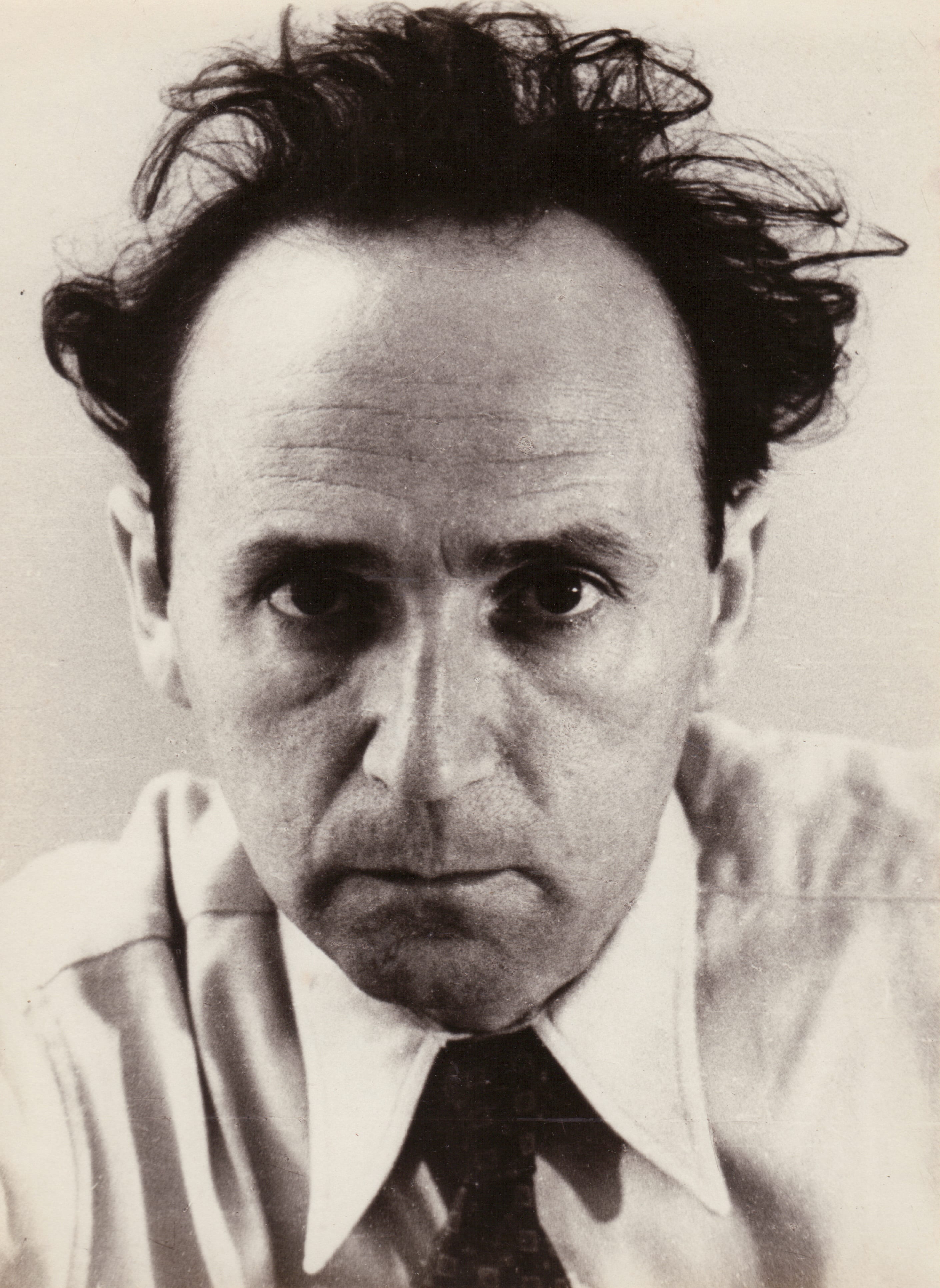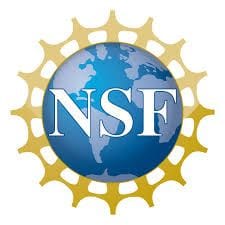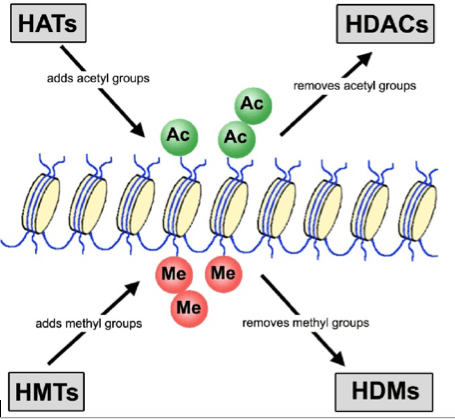Lehigh Assistant Professor of History Nitzan Lebovic describes below his work on Israel Zarchi. The monograph has been published in Hebrew and is being translated into English for publication.
The project itself is interesting for anyone interested in the history of Zionism, the history and theory of Melancholy (which exists since ancient Greece), with the history of Hebrew literature, and with the biography of an important albeit forgotten author from the 1930s and 1940s; my book is trying to do all that, and explain that in a self-conscious way, by using an a-typical form; I chose to write the book in short vignettes which move between the different layers,– the historical, the theoretical, the collective, and the personal—and connecting those together in order to explain the particular as part of the general, the part as a necessary component of the whole. In order to explain what I’ve done, let me reverse the order now, and explain the rationale moving from the particular, the biographical case I used, to the general—the history and theory of Melancholy Zionism.
Israel Zarchi (1909–1947) was born in Jedrzjow, Poland.  He graduated from Polish and Jewish schools, studying European culture as well as Judaism and the Hebrew language. When he was 15, he travelled for a year to south Italy as a tutor with a German-speaking family and returned fluent in German. He immigrated to Palestine in 1928-1929 and worked as a pioneer, building roads and cultivating the land. During this period he wrote his first novel, Youth. In 1932, encouraged by the father of modern Hebrew poetry, H. N. Bialik, he began studies at the Hebrew University. He graduated in 1937 with a Masters degree in literature, philosophy, and history. From 1929 until his death 18 years later, Zarchi published six novels and seven collections of stories, and translated Heinrich von Kleist (he was the first translator of “Michael Kolhaas”), Joseph Conrad, and Janusz Korczak into Hebrew. In spite of his rich literary production and intellectual activity, Zarchi’s name was forgotten shortly after his death.
He graduated from Polish and Jewish schools, studying European culture as well as Judaism and the Hebrew language. When he was 15, he travelled for a year to south Italy as a tutor with a German-speaking family and returned fluent in German. He immigrated to Palestine in 1928-1929 and worked as a pioneer, building roads and cultivating the land. During this period he wrote his first novel, Youth. In 1932, encouraged by the father of modern Hebrew poetry, H. N. Bialik, he began studies at the Hebrew University. He graduated in 1937 with a Masters degree in literature, philosophy, and history. From 1929 until his death 18 years later, Zarchi published six novels and seven collections of stories, and translated Heinrich von Kleist (he was the first translator of “Michael Kolhaas”), Joseph Conrad, and Janusz Korczak into Hebrew. In spite of his rich literary production and intellectual activity, Zarchi’s name was forgotten shortly after his death.
My book presents Zarchi’s idealism and melancholy as symptomatic of the time. It was his subversive way of using values and affect, that explains the disappearance of his name from the pages of Israeli and Zionist history, after 1948. In the book I look at Zarchi’s life—I found his private archive, previously unopened—and poetics, but also go further and identify Zarchi as representative of a more general discourse. Looking at the diaries, letters, and literary texts from this dual angle reveals the gaps between the idealist discourse of early Zionist ideology—much of it focused on manly forms of realization (the macho soldier or pioneer)—and the personal melancholy of a generation that left its past behind. Zarchi’s case is an exemplary one, not only because he explores those gaps in a conscious way (his literature is brilliant), but also because of his deep and intimate knowledge of leading cultural figures in the Jewish Yishuv (settlement) of the time. Zarchi was a close colleague and a friend of literary figures such as the “national poet” H.N.Bialik, the Nobel prize winner S. Y. Agnon, and leading poets such as S. Shalom, and U. Z. Greenberg, as well as of intellectuals such as Joseph Klausner and Hugo Bergmann—the directors of the Hebrew University in Jerusalem. In his diaries and letters he wrote about his ties and disagreements with these high-profile intellectuals and reflected upon the alternative: an image of melancholic failure and a theopolitical symbolism at a time of a secularist-nationalist rhetoric. The diaries quote from many and varied intellectual sources, starting with ancient Greek philosophy, up to German and English Romanticism, French and Russian literature, and ending with the modern psychology of Freud or the Jewish followers of Ahad Haam.
Zarchi’s literature gives a voice to the hardship of immigration to Palestine, but without any attempt to solve conflicts or justify the idealist language in nationalist terms. That way, the clash between his protagonists and the society or norms they are expected to abide by, only exposes the unreasonableness of the norm itself. His protagonists, usually figures from the margins of society, end up adopting madness, fantasy, or death as an alternative to the oppressive demands of social and psychological coercion. In other words, adopting such a perspective enables Zarchi to turn the “unreasonable” melancholy into an understandable, albeit a difficult, choice. In his literature and in his life, Zarchi aestheticized his own struggles by making them the sign of a whole generation. Much like his protagonists, he preferred the melancholic, the feminine, and the intellectual over the utopian, the manly, and the practical. In the words of his daughter, Nurit Zarchi—now an acknowledged author herself—“My mother always accused my father of being too feminine and too spiritual, not manly enough, and way too absorbed in his literature.” My text follows Zarchi’s affective language and its gradual transformation from an early 1930s idealism and critique of Zionist chauvinism, into an apocalyptic and a mythical view during the 1940s. In his last texts, Zarchi turned to Jewish and Christian discourses about the apocalypse, a language foreign to the style and ideology of the time. In his eulogy to Zarchi, Klausner—once Zarchi’s mentor and friend—characterized his literature as “a case of imperfectum.” He, like other historians of literature, never bothered to mention it, or Zarchi, again.
Methodologically speaking, my research utilizes the skills of an intellectual historian: I started the project in weeks long research in the up-till then unknown archive, followed by months long investigations into the sources mentioned by Zarchi, his literature, and the critique of his work. I then expended my research into the more general history of Hebrew literature and early Zionist culture and politics, the history of gender relations and the history of psychology. The text follows all those while tying the analysis back to the genealogical analysis of the term melancholy. The writing itself moves gradually from the simple, Zarchi’s life, to the sophisticated,– its political, literary, and philosophical context. In order to ground the narrative better I followed also the chronology of Zarchi’s literary production, from his first novel, published in 1933, to his death in 1947, and the posthumously last novel, published the following year.




 large marble lions, and into the darkly paneled library to unearth old texts. The new British Library, situated several blocks away from the British Museum, opened in 1998. It exudes a beauty and light appropriate for this invaluable collection of 150 million items, including manuscripts, maps, newspapers, magazines, prints, drawings, musical scores, patents, sound recordings, stamps, and, of course, books. As the
large marble lions, and into the darkly paneled library to unearth old texts. The new British Library, situated several blocks away from the British Museum, opened in 1998. It exudes a beauty and light appropriate for this invaluable collection of 150 million items, including manuscripts, maps, newspapers, magazines, prints, drawings, musical scores, patents, sound recordings, stamps, and, of course, books. As the 
 people get the life-saving interventions they need. Every time another “patient” rolls in, I explain to them that I am not a doctor, but that I would be happy to transport them to the private clinic (and pay for their treatments). So far this year, the students and I have helped over a dozen people (mostly children) get to the private clinic on the other side of the district. There are no clinics in our village of Bubiita, and the nearest clinic is run by the government and faces “stock outs” of medicines for 3 weeks out of every month. So most don’t waste their time walking 2 miles to a public clinic without medicines and instead seek out our assistance, when they can, to get them to the private clinic.
people get the life-saving interventions they need. Every time another “patient” rolls in, I explain to them that I am not a doctor, but that I would be happy to transport them to the private clinic (and pay for their treatments). So far this year, the students and I have helped over a dozen people (mostly children) get to the private clinic on the other side of the district. There are no clinics in our village of Bubiita, and the nearest clinic is run by the government and faces “stock outs” of medicines for 3 weeks out of every month. So most don’t waste their time walking 2 miles to a public clinic without medicines and instead seek out our assistance, when they can, to get them to the private clinic.



